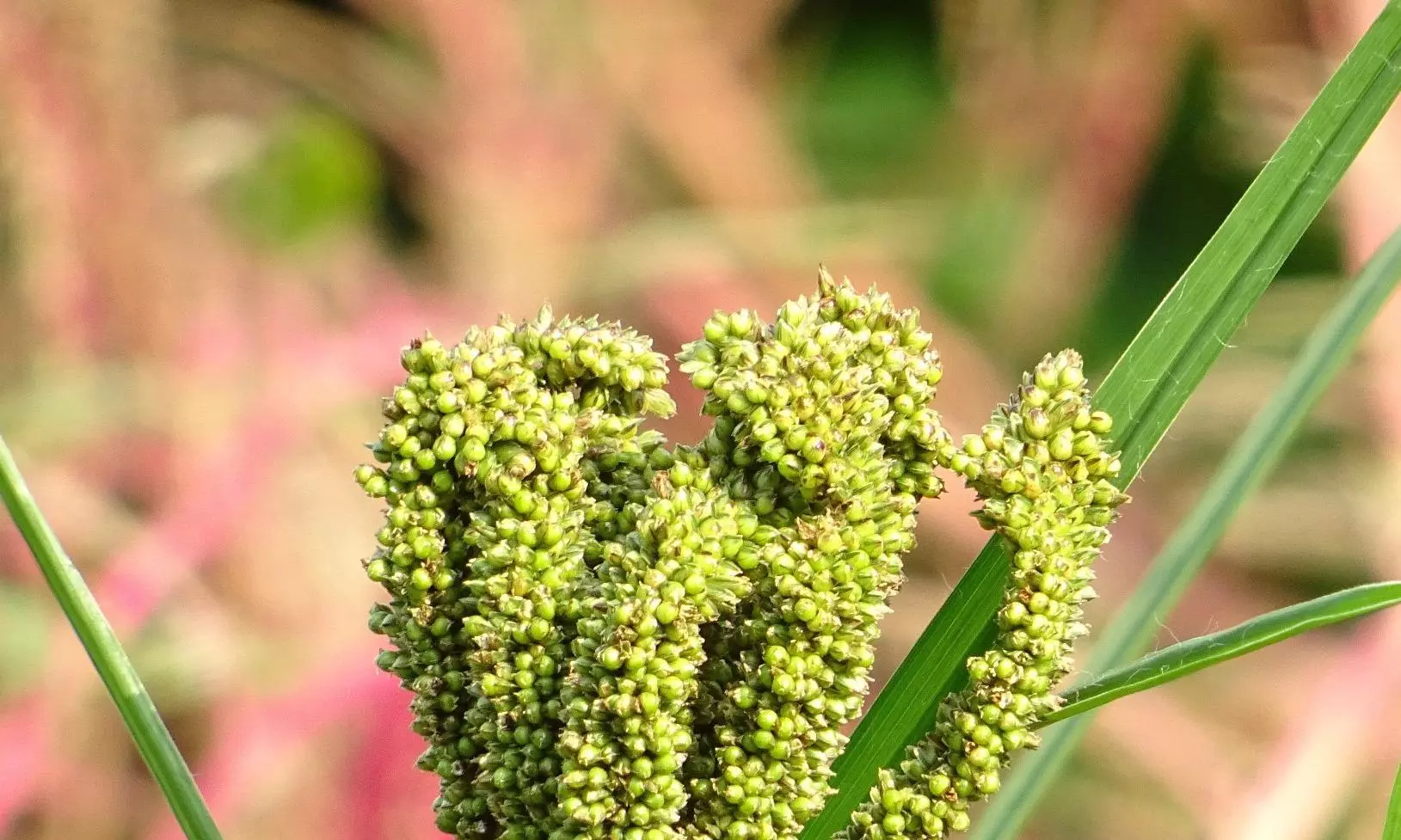
Researchers have proposed a new classification system to optimise production of pear millet in the country
Need new 'bajra' cultivation map, revision of classification criteria: Study
The study has also proposed a new classification system to optimise pearl millet production, effectively assist policymakers, researchers and farmers.

Amidst shifting weather patterns and evolving agricultural priorities, researchers have urged for a re-appraisal of the pearl millet, or 'bajra', cultivation map of India, triggered by climate change.
They are calling for a timely revision of the classification criteria governing pearl millet cultivation zones, originally established in 1979.
They have put forth their proposed changes in the study by the International Crops Research Institute for the Semi-Arid Tropics (ICRISAT), Hyderabad, and the Indian Council of Agricultural Research – All India Coordinated Research Project on Pearl Millet (ICAR-AICRP), using data from ICRISAT's District Level Database (DLD). It is published in the journal Agronomy.
The changes suggest re-evaluating the A zone, shown in the map as covering semi-arid regions in North and Central India. While A1 covers arid regions in Rajasthan, B denotes semi-arid regions with heavy soils in South India. These zones are currently based on rainfall and soil type, the study said.
“The existing A zone can be broken down into three distinct subzones: G, AE1, and AE2, covering the states in North and Central India. The G zone encompasses Gujarat, AE1 covers East Rajasthan and Haryana, and AE2 covers Uttar Pradesh,” said Vincent Garin, Post-Doctoral Fellow at ICRISAT and one of the study authors. “The proposed new zones take into account the complexity of the system in response to changing climate conditions. While the existing zoning for the A1 and B zones is generally still applicable, the suggestion is to modify the A zone,” said Garin.
According to the new zoning framework, it identifies 'AE1' as the core of India's pearl millet production, where favourable climate and soil conditions, along with improved pearl millet varieties, have led to significant yield increases, the study said.
Further, 'AE2' shows promising yield progress and better farming practices, offering potential for export-oriented gains, it said.
The G zone is experiencing more rainfall due to climate changes, which may lead farmers to shift towards cash crops and limit pearl millet cultivation to the summer season, it added.
“This new classification system aims to optimize pearl millet production, to effectively assist policymakers, researchers, and farmers make better evidence-based decisions,” said Jacqueline Hughes, Director General of ICRISAT.
The study used digital technology and crop models to re-evaluate the zones, helping design crops and strategies tailored to the current and future climate conditions of each region.
(With agency inputs)

